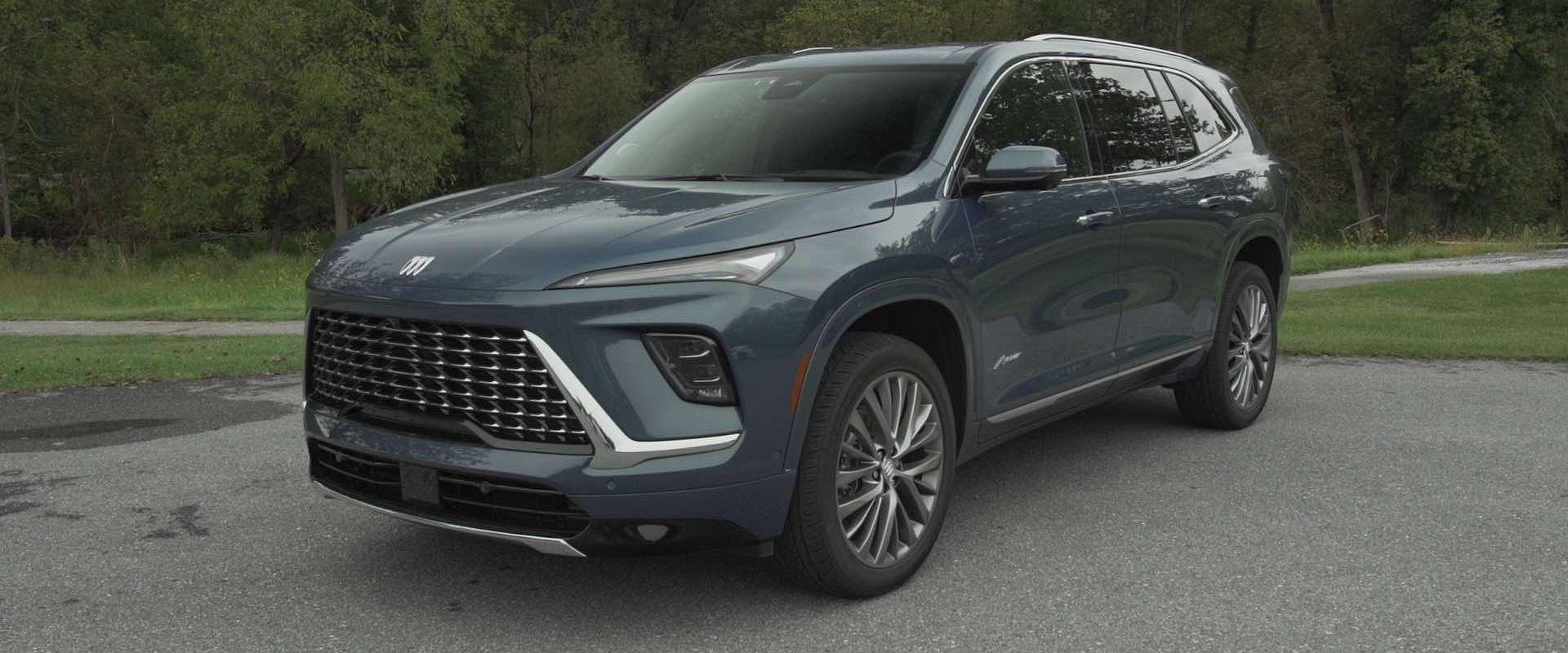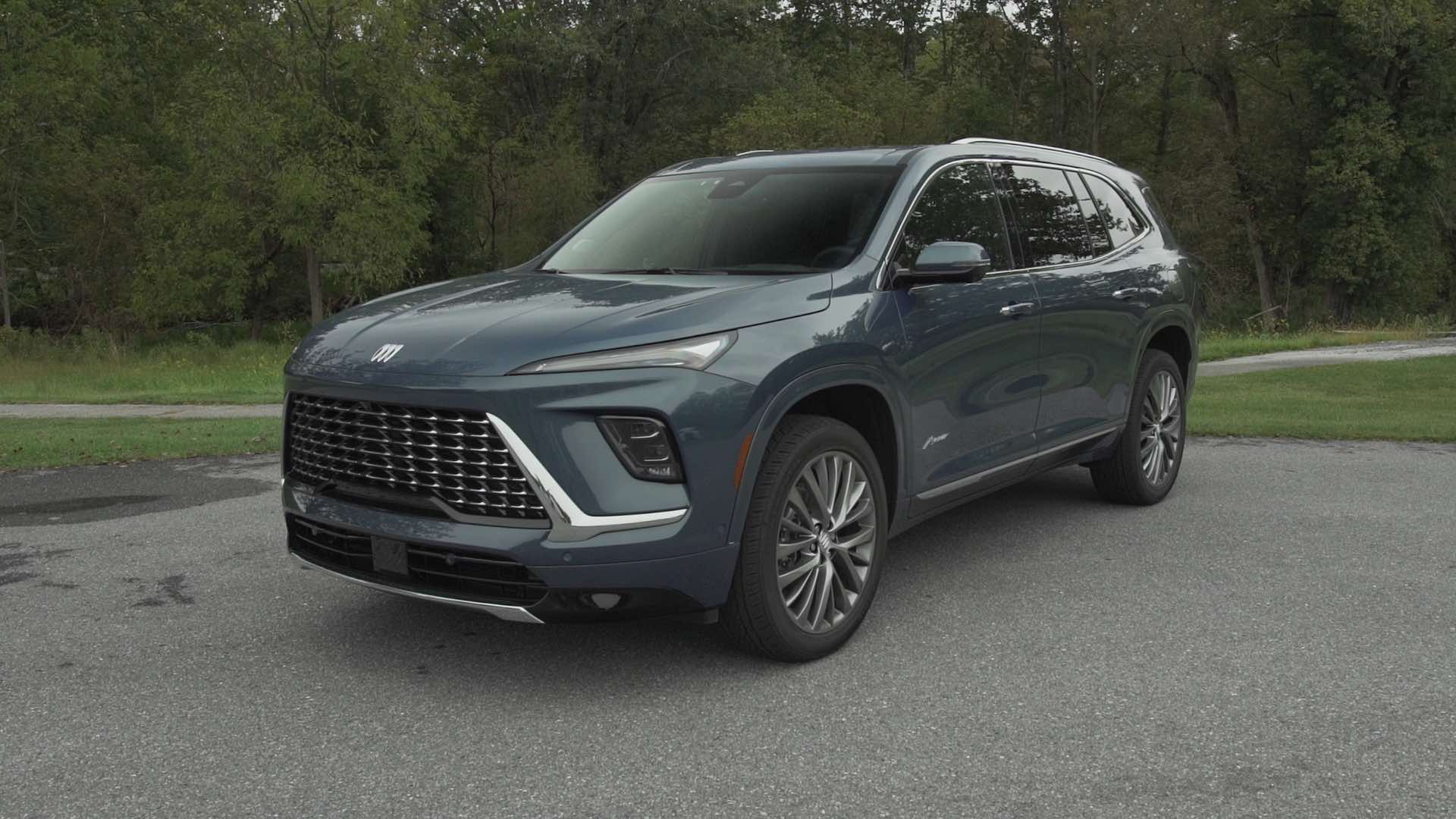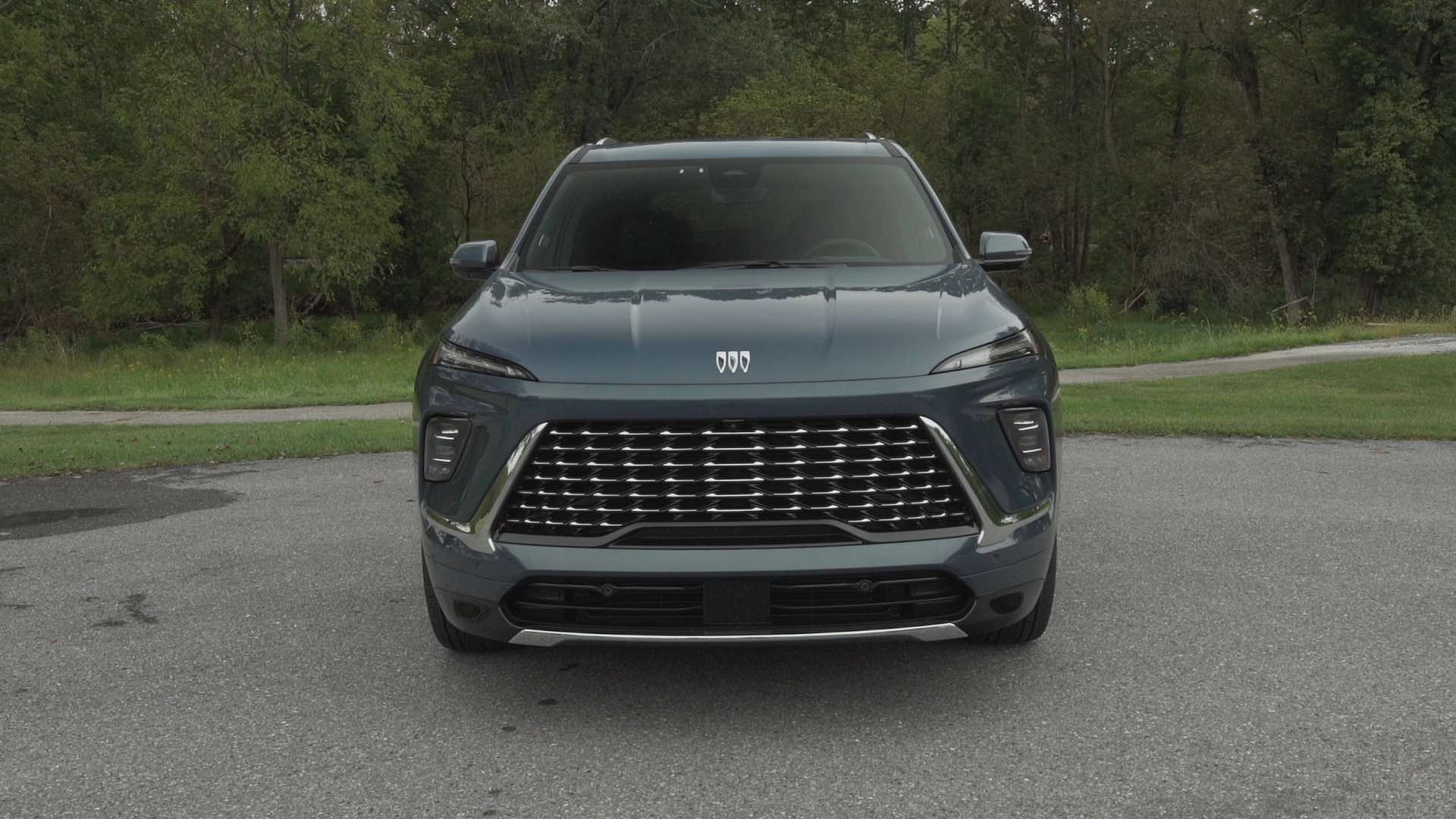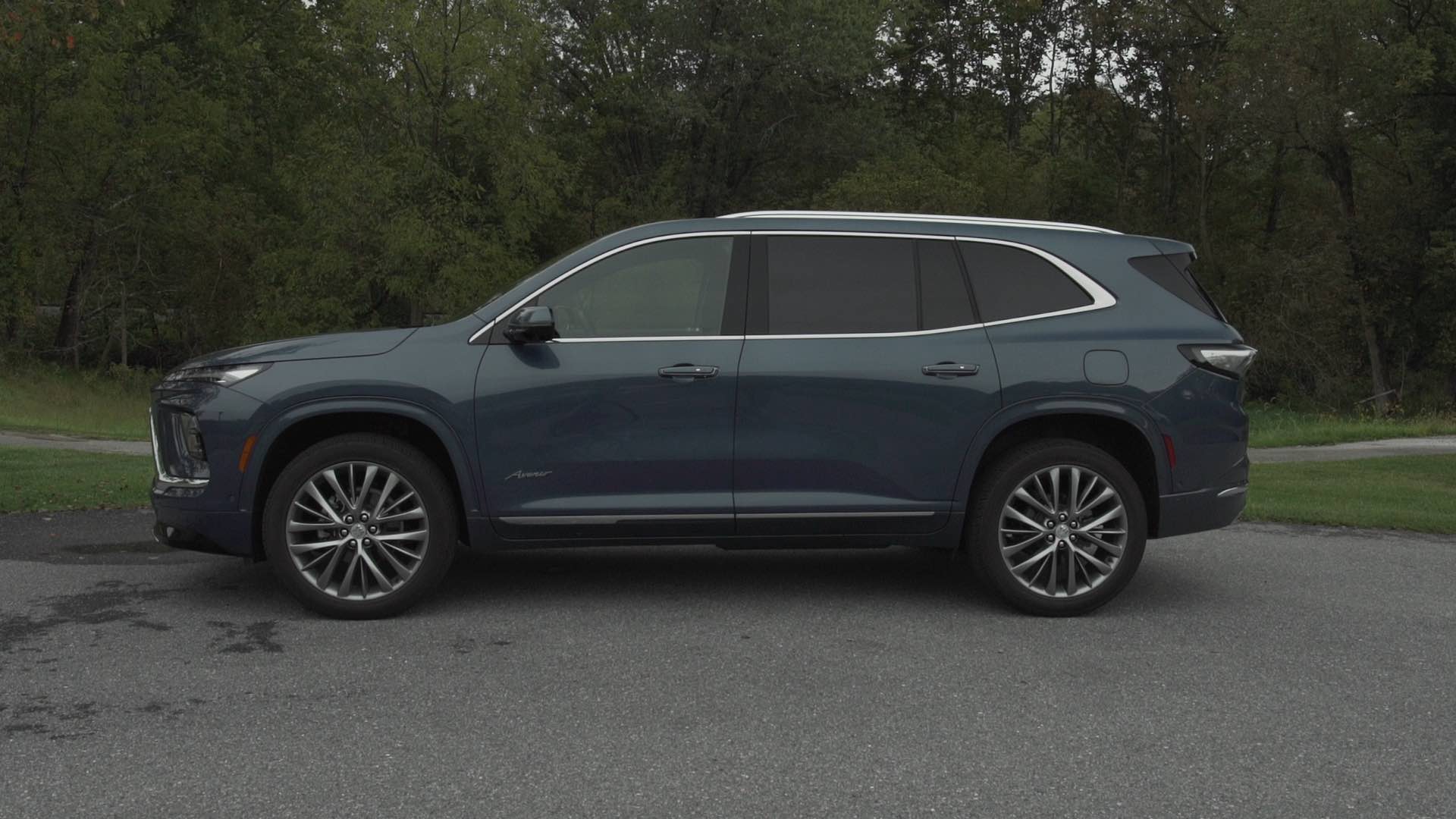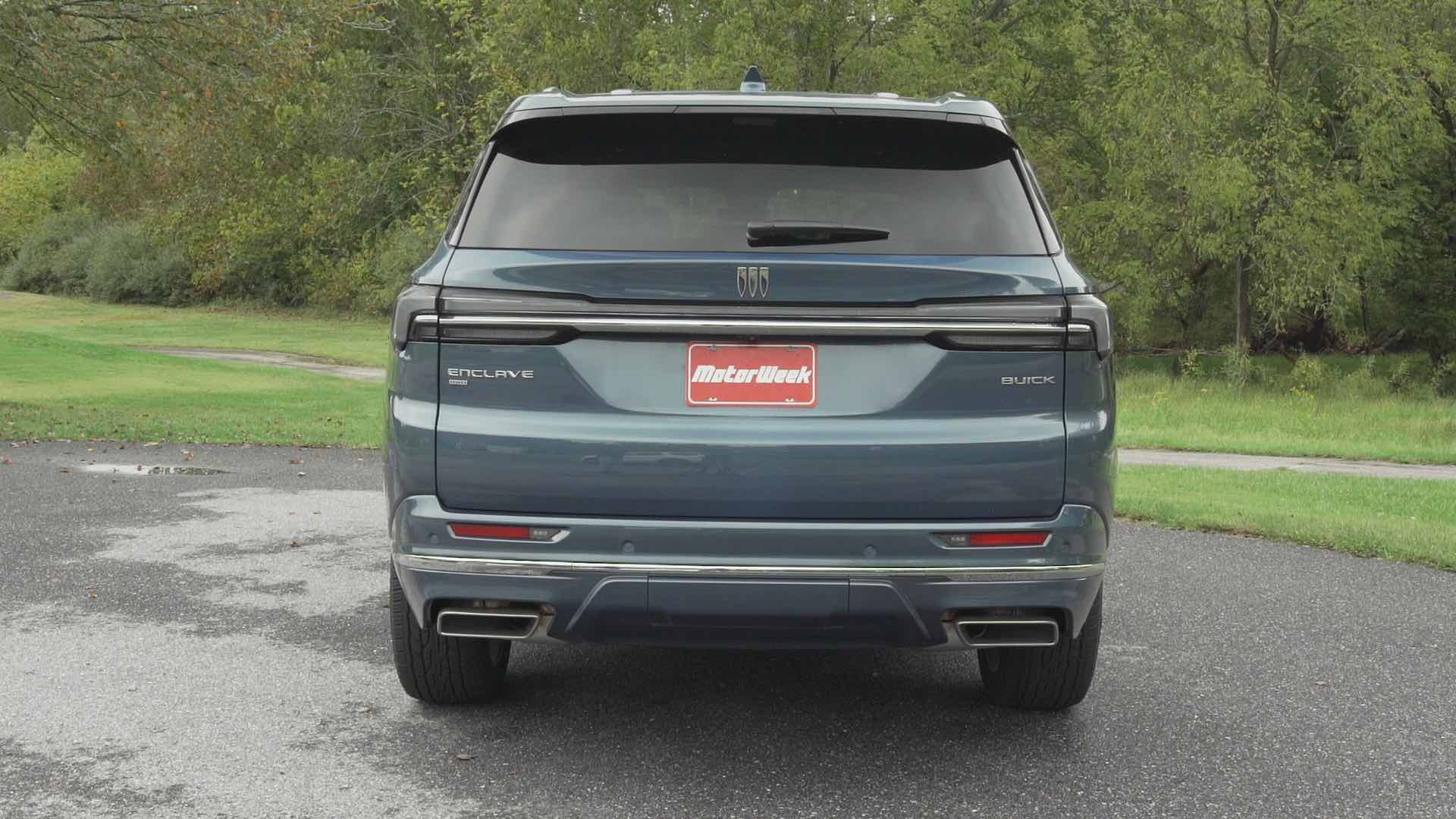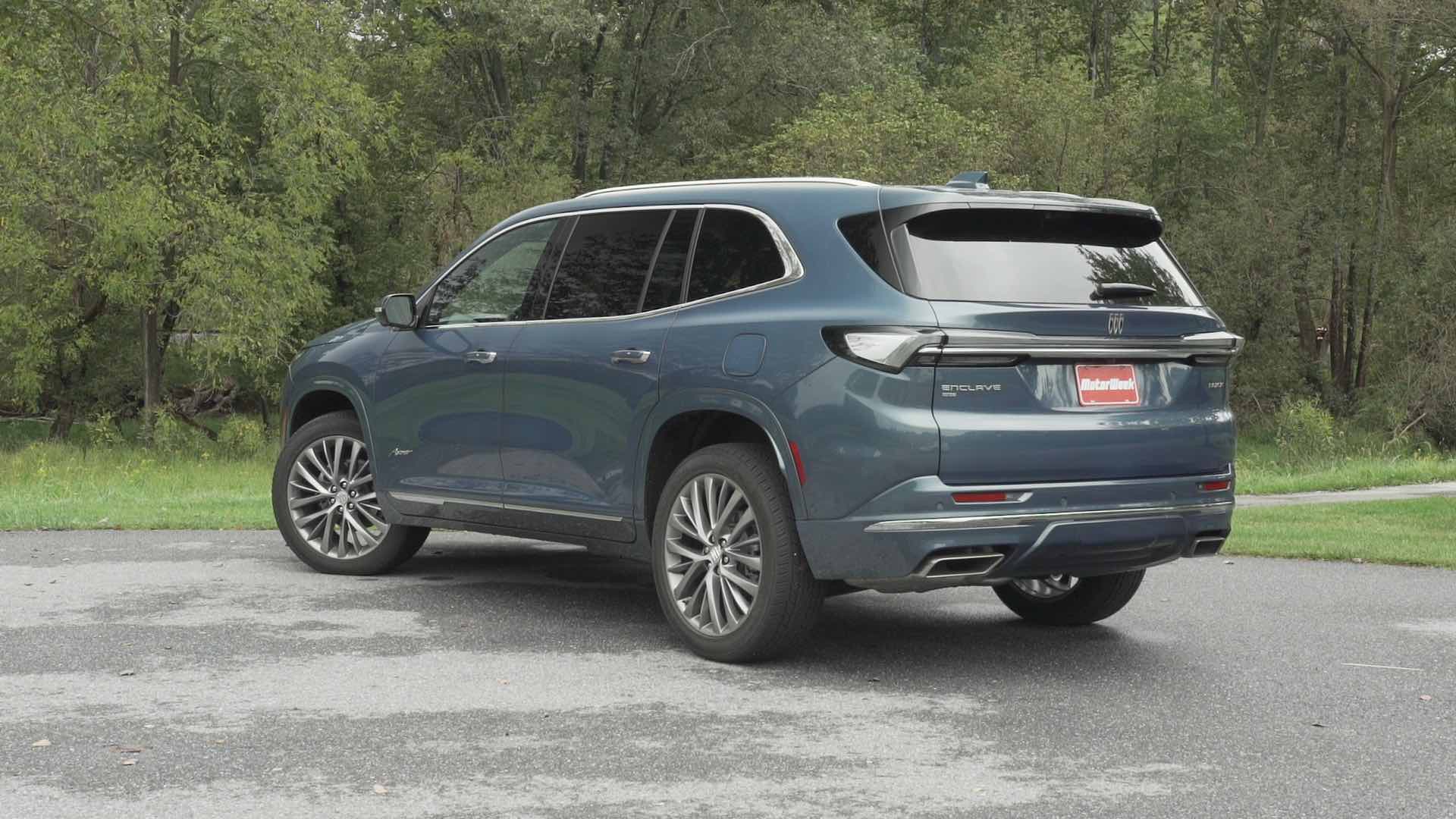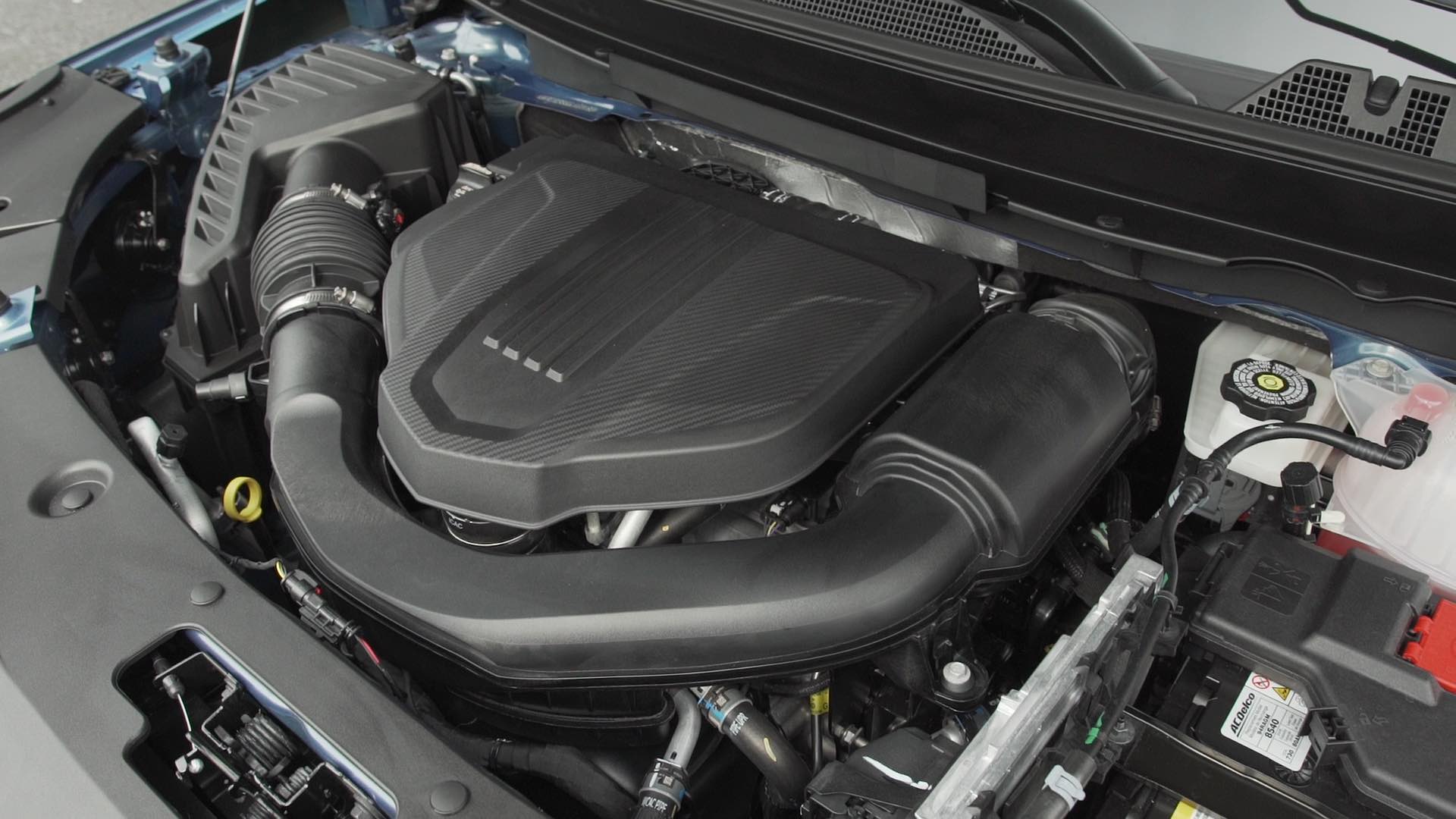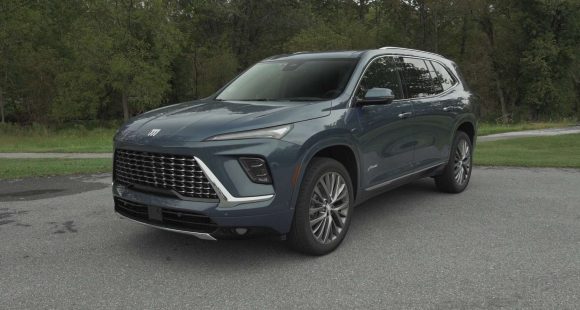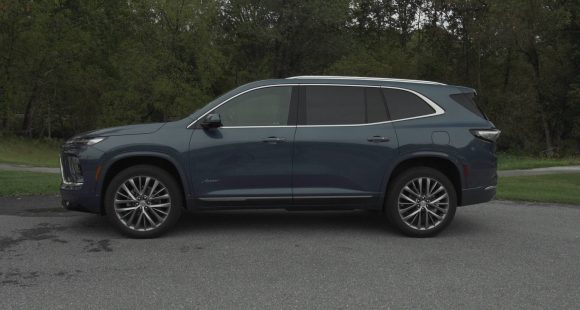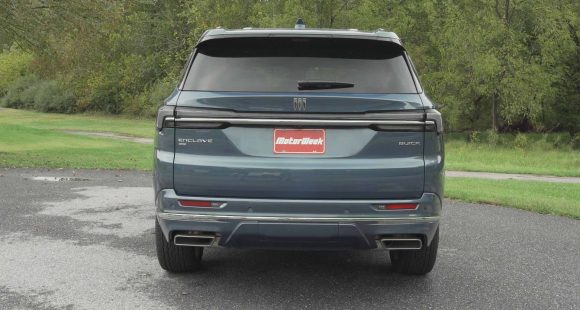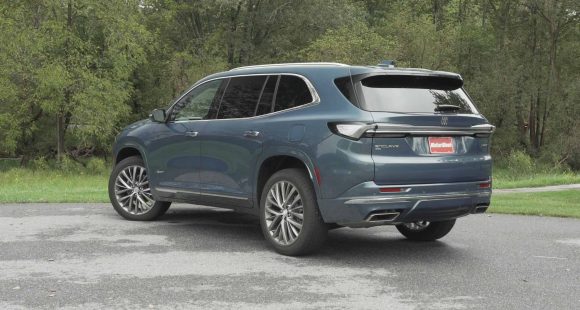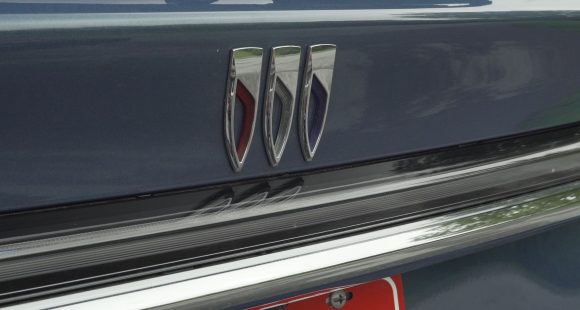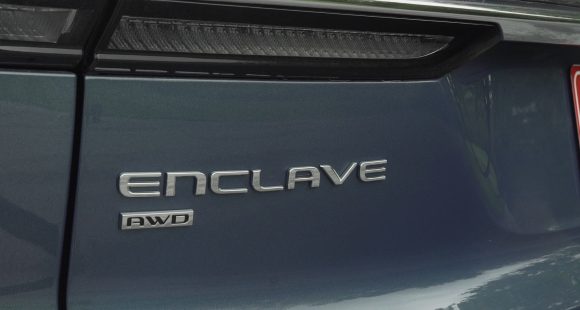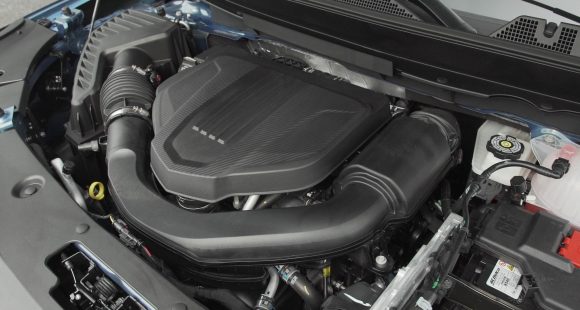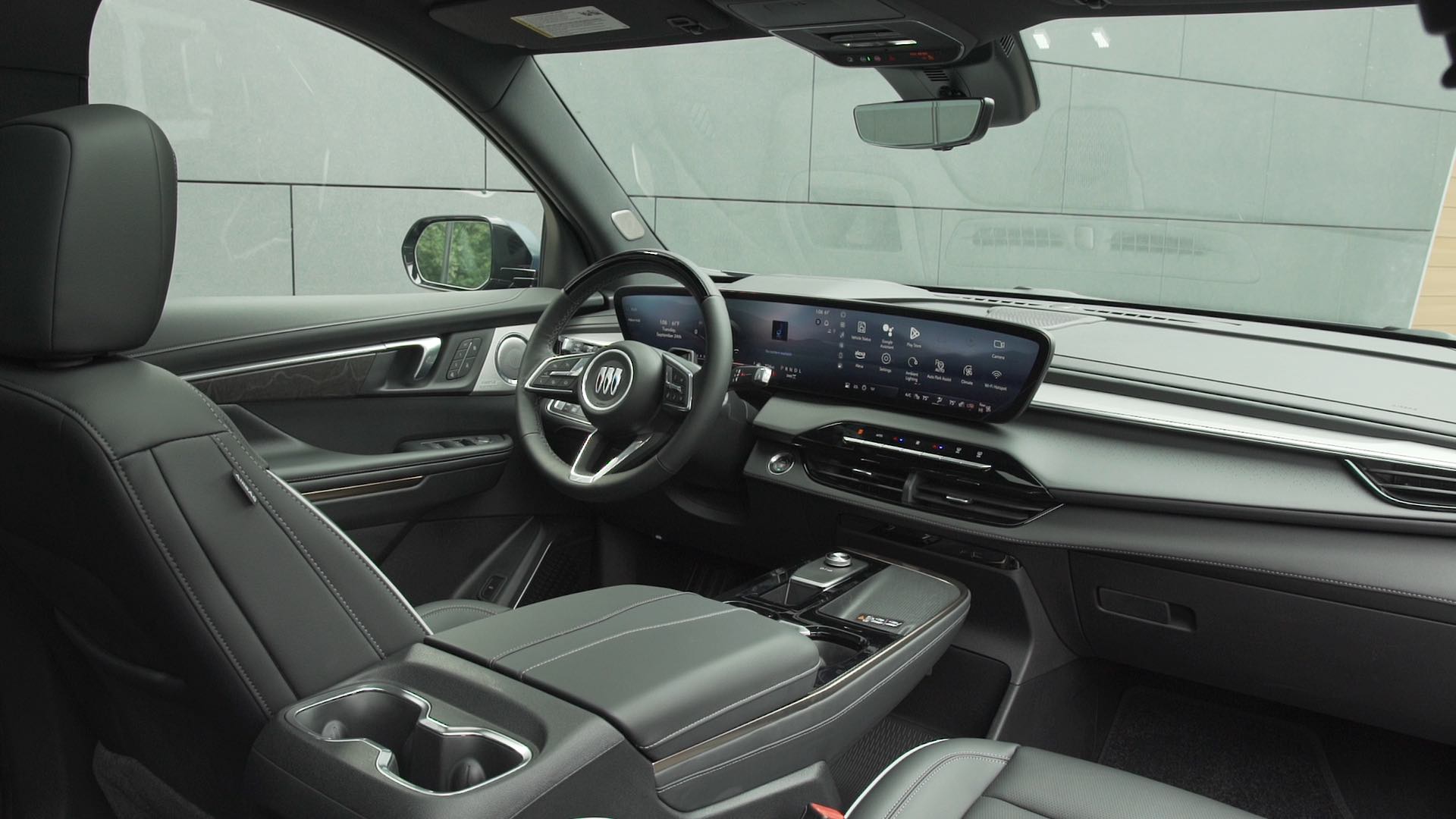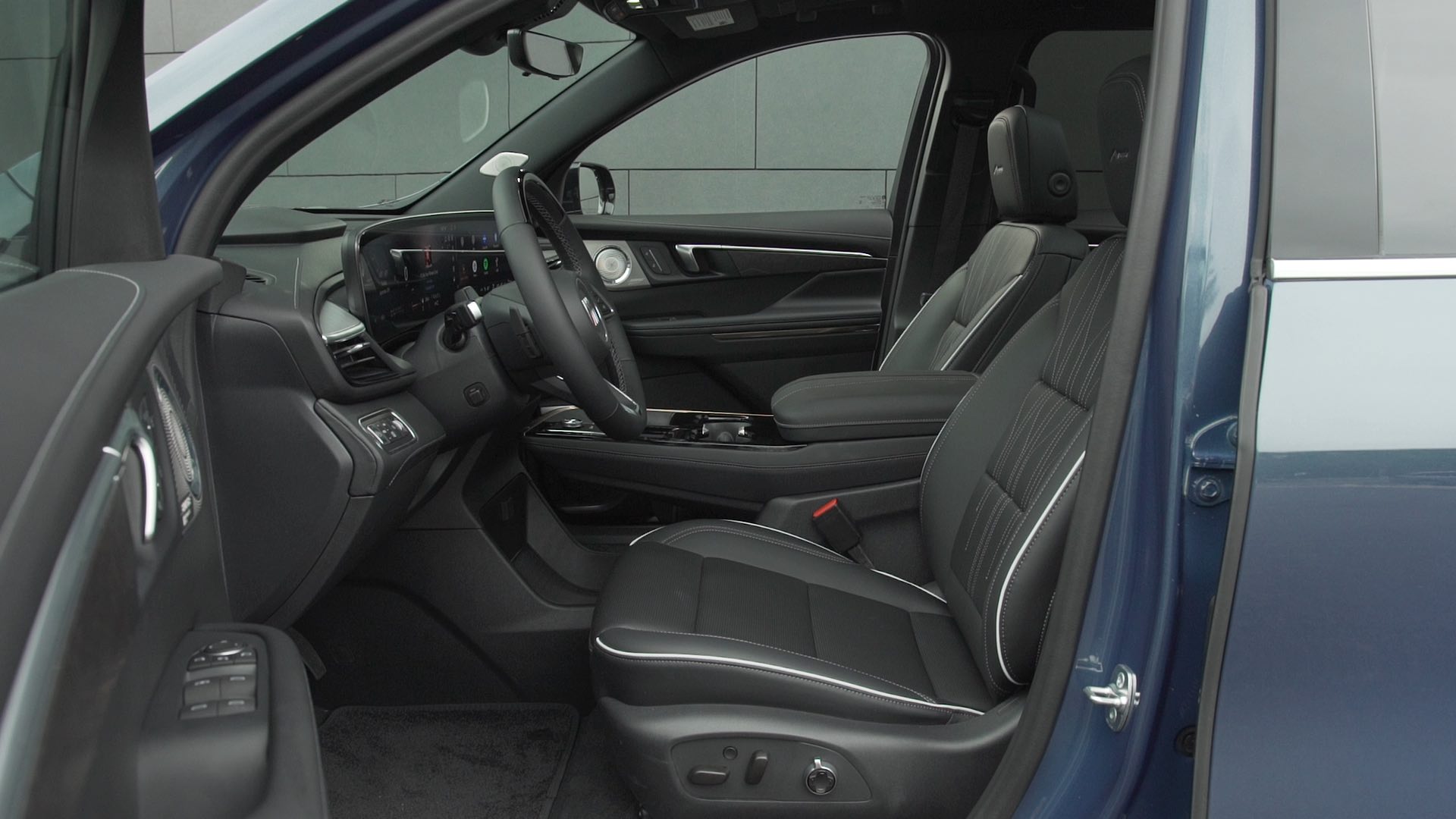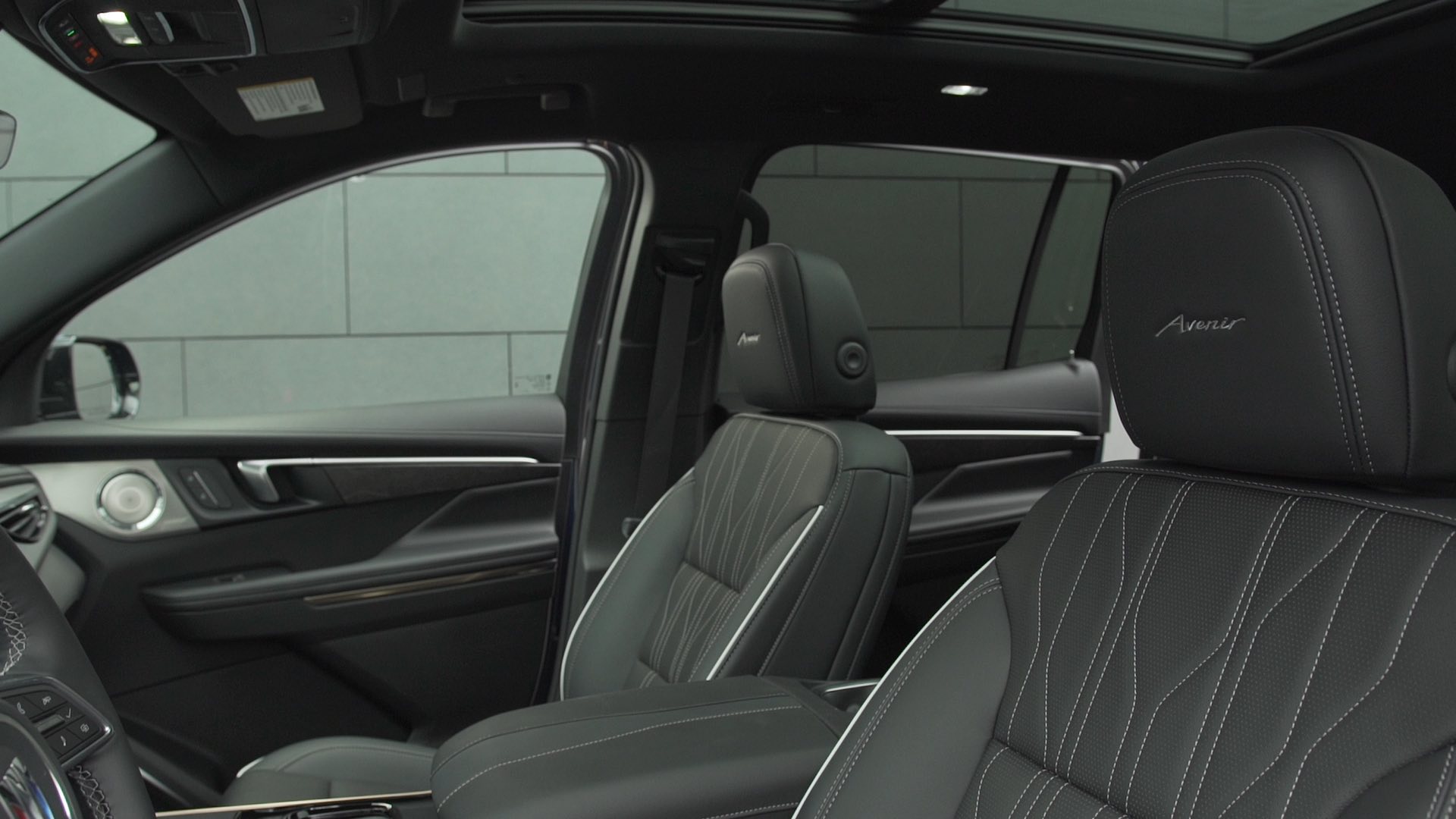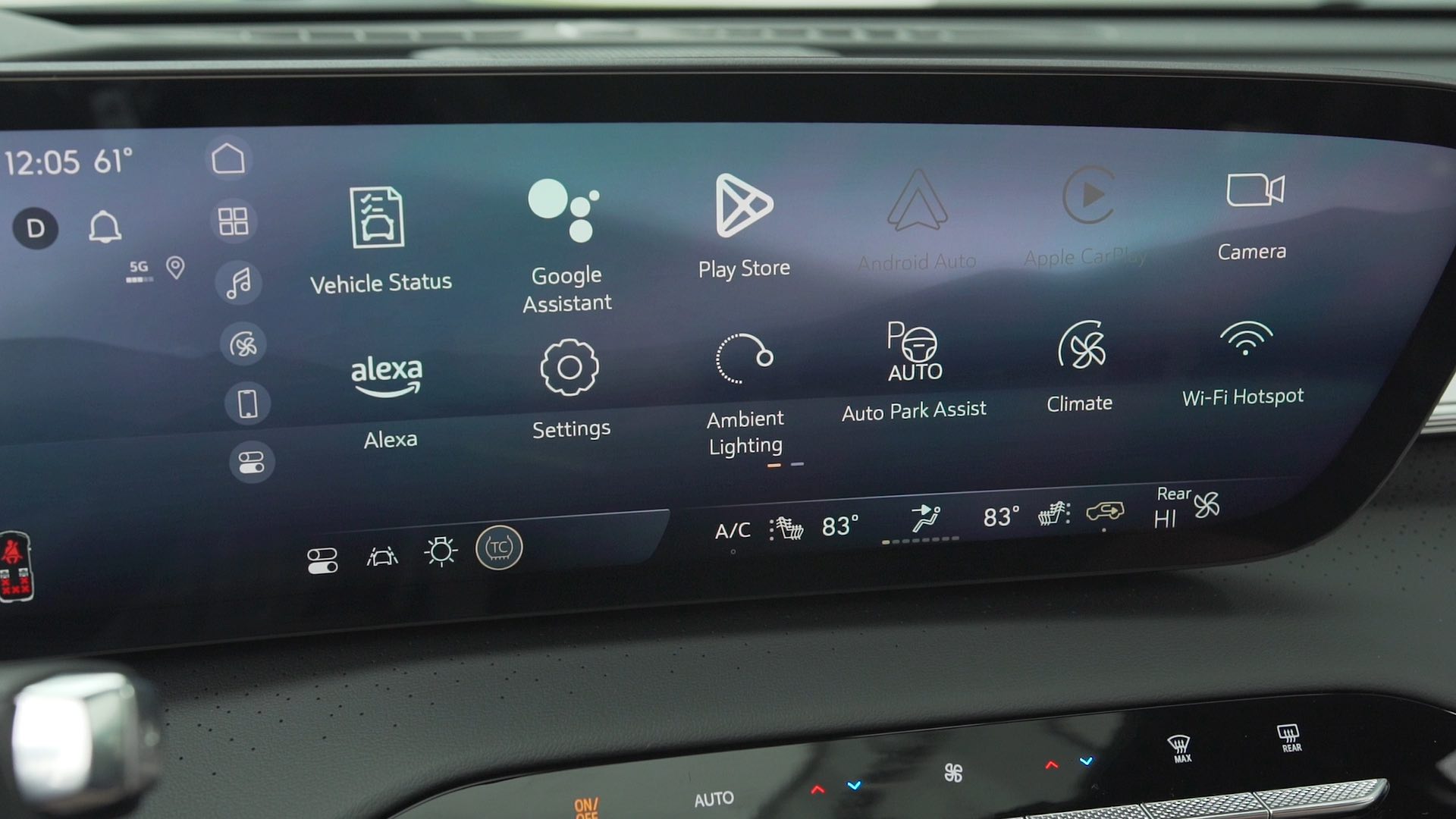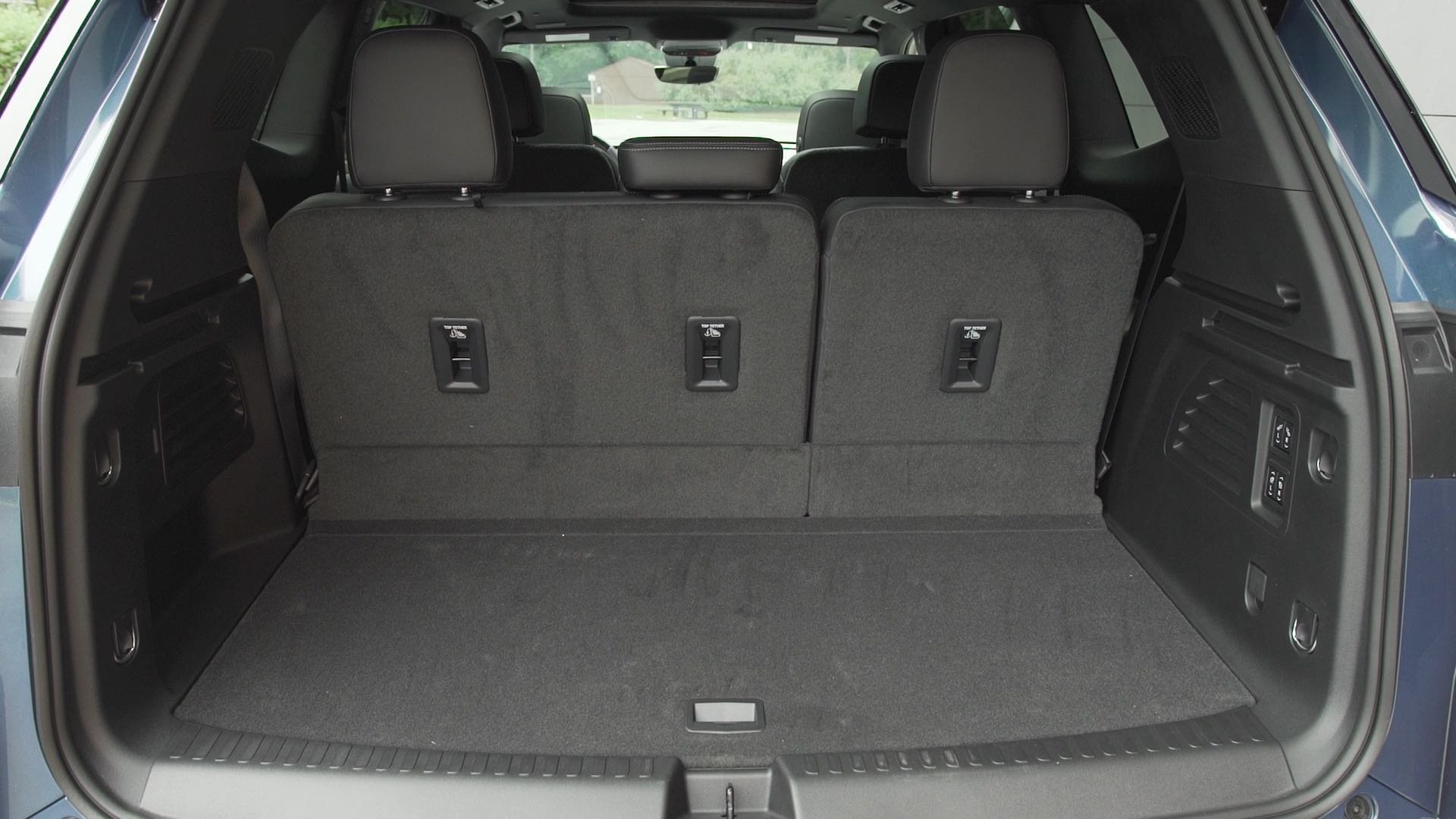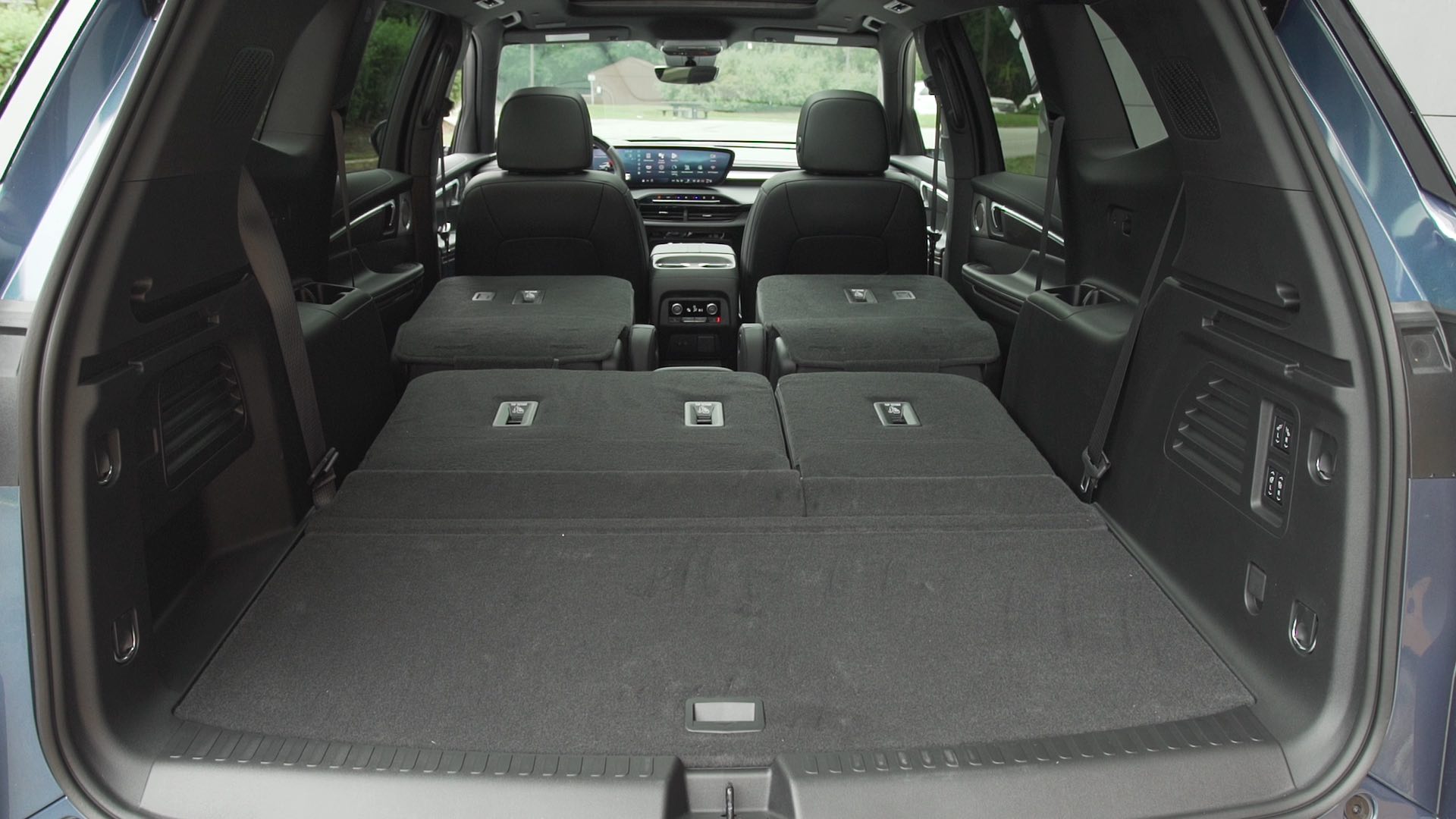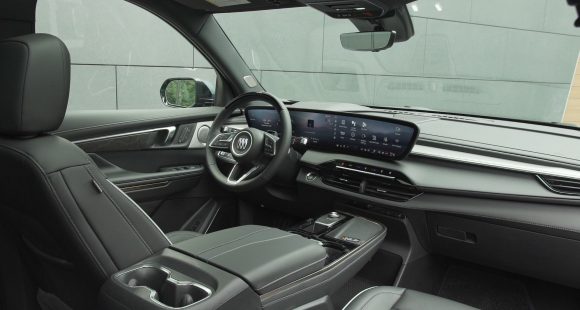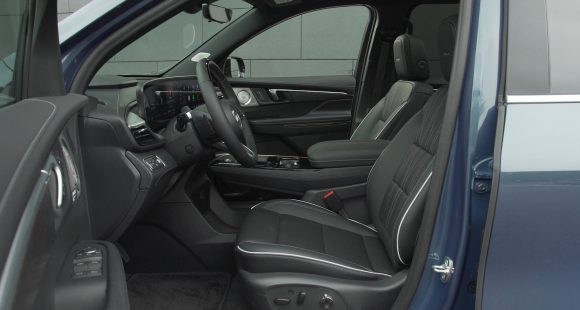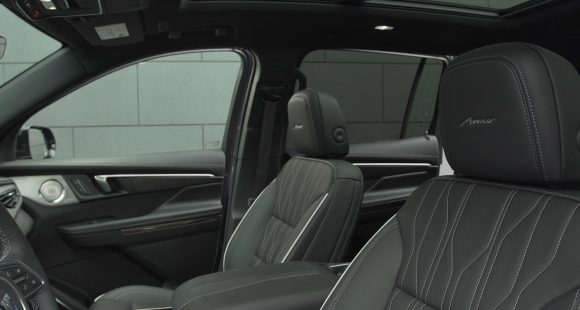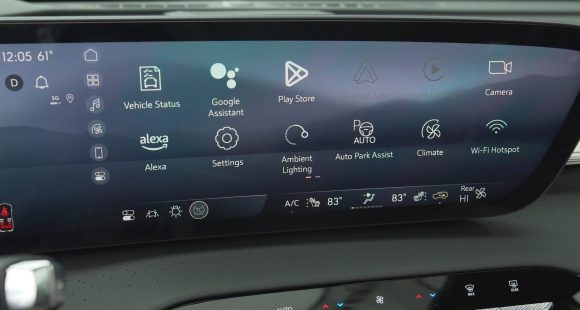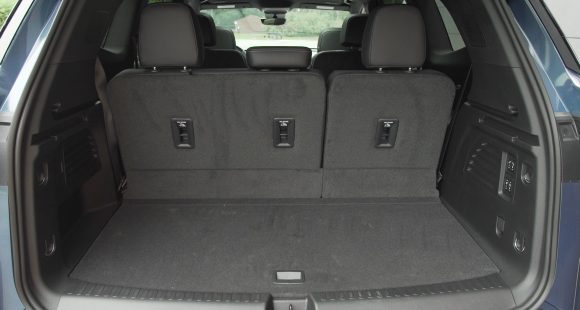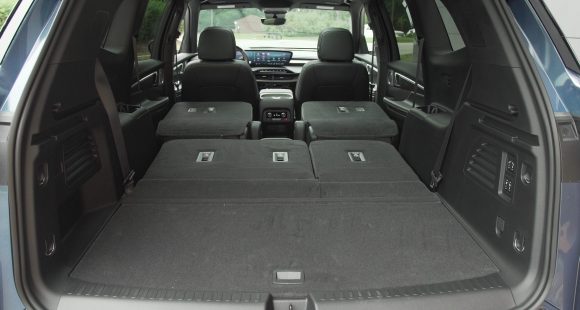2018 Chevrolet Equinox
With crossover utility sales being what they are, you shouldn’t be surprised that the Equinox has long been Chevrolet’s best-selling vehicle that’s not a pickup truck; even though it hasn’t really changed that much since its gen 2 redesign for 2010. Well, an all-new 3rd generation has finally arrived. So let’s find out if it will signal continued four-season success for Chevrolet.
When the Chevrolet Equinox first arrived for 2005, it was GM’s answer to what Honda and Toyota had started in the late 90’s with the CR-V and Rav4; and what has become one of the most popular of all vehicle segments, the compact crossover. And it didn’t take long for the Equinox to get right in the mix for sales, even beating both rivals on occasion.
But that segment is much different now, with more modern rides, and many more of them. So, the all-new 2018 Equinox is well timed.
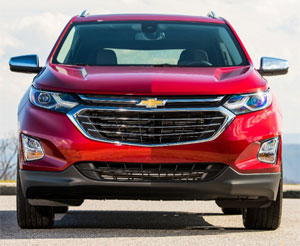 Getting on board with the GM weight loss plan means it’s about 400–lbs. lighter than before, and you do feel it.
Getting on board with the GM weight loss plan means it’s about 400–lbs. lighter than before, and you do feel it.
It looks smaller too, and indeed it is, by about 5-inches in length; yet with more efficient packaging, overall passenger volume is actually up, with cargo room about the same.
There’s 29.9 cu-ft. of space behind the rear seats, with a max of 63.5. The seat-folding design is much improved; it’s easier to use and allows for a flatter load floor.
Up front, the driver enjoys a fairly high seating position with good visibility, and pronounced comfort from the back and lower cushions.
Rear seat room is plentiful for a compact ute, and seat comfort is equally good. All techno goodies you might need are available on either a 7 or 8-inch MyLink touchscreen. Available safety includes automatic braking.
But, you’d better like small displacement turbo engines, as that’s all that now powers this Equinox.
This 1.5-liter I4 is standard, with 170-horsepower and 203 lb-ft. of torque; connected to a 6-speed automatic transmission. A 252-horsepower 2.0-liter I4 with a 9-speed automatic is the upgrade, and keeps max towing at 3,500-lbs.
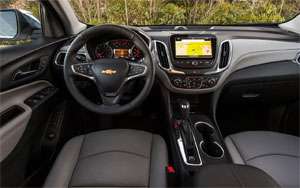 But, most interesting, is a 137-horsepower 1.6-liter I4 turbo-diesel, arriving shortly after launch; a first for the segment.
But, most interesting, is a 137-horsepower 1.6-liter I4 turbo-diesel, arriving shortly after launch; a first for the segment.
Front drive is standard, with a new selectable all-wheel-drive system available, that fully disconnects the rear axle when appropriate to boost efficiency.
Government Fuel Economy Ratings for the all-wheel-drive 1.5-liter are 24-City, 30-Highway, and 26-Combined. We averaged a very good 28.0 miles-per-gallon of Regular. For an average Energy Impact Score of 12.7-barrels of yearly oil use, and 5.6-tons of CO2 emissions.
Despite the lower weight and smaller engine, the Equinox still drives stable and comfortably, and everything feels a bit more responsive than before.
Even at the higher speeds of our slalom course, it didn’t feel cumbersome at all; displaying only moderate hints of both over and understeer, with minimal computer intervention.
Things weren’t quite as thrilling in the straight line, however. There’s not much in the way of guts off the line, taking us 8.7-seconds to hit 60, or more than a second slower than the CR-V. Engine noise is, however, well-subdued for a 1.5-liter turbo.
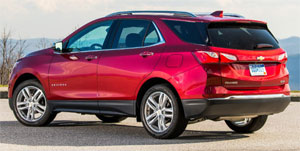 The lack of urgency is consistent throughout the 1/4, accompanied by momentum-killing shifts from the 6-speed auto.
The lack of urgency is consistent throughout the 1/4, accompanied by momentum-killing shifts from the 6-speed auto.
Eventually, the ¼-mile ended in 16.7-seconds at 84 miles-per-hour. Note, an Equinox with the 2.0T and 9-speed more than levels the playing field.
A slight increase in base price over last year puts an Equinox L at $24,525. Top level Premier starts just over 30.
Leaner, but certainly not meaner; the 2018 Chevrolet Equinox has gotten itself into fighting shape, ready to battle it out with all comers in the compact crossover segment. Fully modernized with all-turbo powertrains, more functional interior, and up-to-the-minute tech options; this Equinox does indeed signal more seasons of success for Chevrolet.
Specifications
- Engine: 1.5 liter
- Horsepower: 170
- Torque: 203 lb-ft.
- 0-60 mph: 8.7 seconds
- 1/4 mile: 16.7 seconds @ 84 mph
- EPA: 24 mpg city / 30 mpg highway,
- Energy Impact: 12.7 barrels of oil/yr
- CO2 Emissions: 5.6 tons/yr
2025 Buick Enclave
Buick’s Biggest Utility Gets More Premium Look, Less Premium Powertrain
Buick is now an all SUV brand with the three-row Enclave sitting at the top of their lineup. And for this all-new third generation, it looks like Buick has finally given it the true flagship treatment it deserves. Reason enough for us to see what else new this posh performer has in store.
Don’t think of this 2025 Buick Enclave as just a new third generation of Buick’s largest three-row SUV, but more of a total reboot for a luxury segment pioneer. Part of that reinvention is swapping out the 3.6-liter naturally aspirated V6 engine, that has been the heart of this large crossover since it arrived on the scene for 2008, for a new 2.5-liter turbocharged four-cylinder.
Though using two fewer cylinders, it rates 18 more horsepower at 328. The gain in torque is even greater, climbing from 266 to 326 lb-ft.
Power from a start and when tooling around town feels pretty good, but you do notice that engine working hard under the hood; there is more engine noise and it’s not as smooth as many competitors who have also made the switch to turbo-four power. Max towing rating remains at 5,000 lbs. The new standard automatic transmission loses a gear, dropping from nine to eight, a simplifying move we applaud. All-wheel drive is a $2,000 option with all trims.
The Enclave rides on the same front-wheel-drive based chassis that supports the Chevrolet Traverse and GMC Acadia. It remains the most luxurious of the three, though all have made big upward strides. And that luxurious feel is very evident inside where things appear special without flaunting it. Materials are vastly improved over the last gen, especially in top Avenir trim which is the choice for most Enclave buyers.
Front seats are very comfy, well suited for long days of highway travel. It’s hard to miss the 30-inch ultra-wide display, similar to Cadillac’s. It is big, but not intimidating as operation is very logical and you can easily configure things as you want them, including bringing the nav screen up full in front of the driver.
Front seats are very comfy, well suited for long days of highway travel.
Between the seats is a very substantial console with lots of storage space and standard wireless phone charging. There is definitely room for full-size adults in all three rows of seating. Big, plush captain’s chairs with all trims for the second row; and a less plush but still comfortable three-place third row.
GM’s Super Cruise has now made it to Buick’s lineup, available as a standalone package for any trim. It remains a favorite of ours for hands-off highway cruising. Despite feeling adequately powered on the street, the Enclave’s turbo-four felt a little out of its element at our Mason Dixon Dragway test track. There was very little jump off the line, just a slow wind up to 60 of 8.0 seconds, with the quarter-mile completed in 16.0 seconds flat at 92 mph.
We could really feel the Enclave’s weight in our handling course, about 150-lbs. over last year, even with less motor under the hood. But there was very little body roll, and no excessive oversteer or understeer. In panic braking runs, there was good feel through the pedal, and solid stops from 60 averaging a fine 111 feet.
To all of our eyes, the Enclave is bigger yet much better looking than before. Now more sophisticated using Buick’s PURE philosophy which emphasizes Purity in design, Unexpected details, Refined finishes, and Exceptional execution.
With all-wheel drive, Government Fuel Economy Ratings are 19 City, 24 Highway, and 21 Combined; we managed a great 24.9 mpg of Regular. That’s a slightly below average Energy Impact Score, consuming 14.2 barrels of oil yearly, with 7.0 tons of CO2 emissions.
No more Essence or Premium Enclaves, as the new gen brings new trim names along with it; the base option now being Preferred which starts at $46,395, and unless you choose white, you’ll be paying extra for all exterior colors. Just a short step from there to the Sport Touring for $48,795, and then a much bigger bounce up to Avenir at $59,395.
With so many big utes now aimed at luxury and near luxury buyers, it’s getting harder and harder for Buick to stand out. Being an all-utility brand, with one of the freshest lineups in the industry, will no doubt help. The 2025 Buick Enclave is a very stylish, well-equipped, well executed large three-row crossover that’s priced right.
Specifications
As Tested
- Engine: 2.5-liter turbo-4
- Transmission: 8-speed automatic
- Horsepower: 328
- Torque: 326 lb-ft.
- EPA: 19 City | 24 Highway | 21 Combined
- 0-60 mph: 8.0 seconds
- 1/4 Mile: 16.0 seconds at 92 mph
- Braking, 60-0 (avg.): 111 feet
- MW Fuel Economy: 24.9 mpg (Regular)







